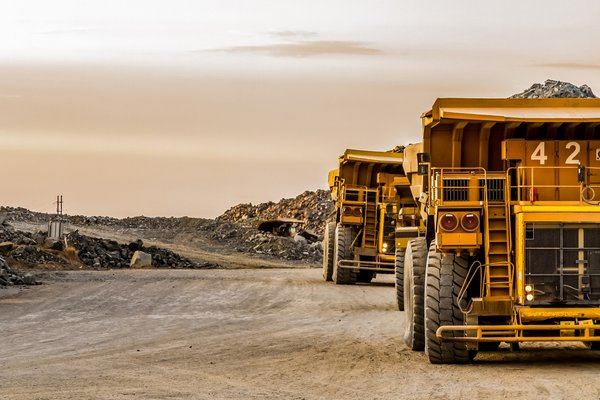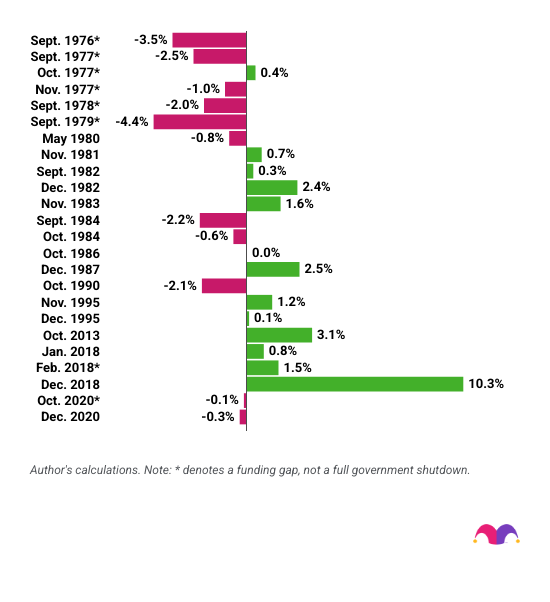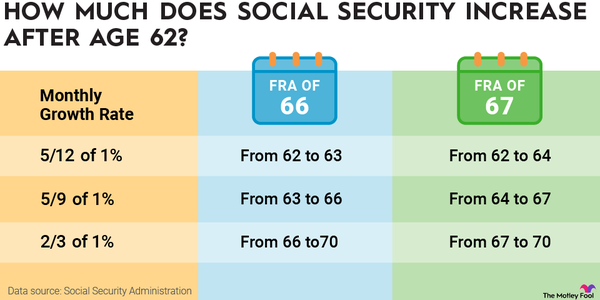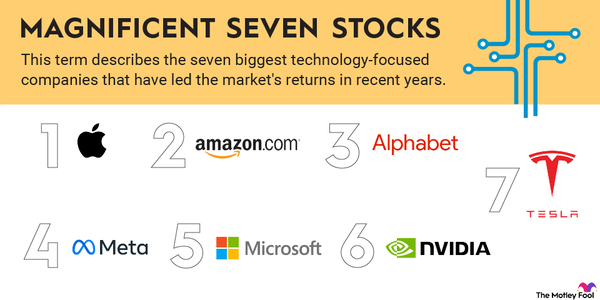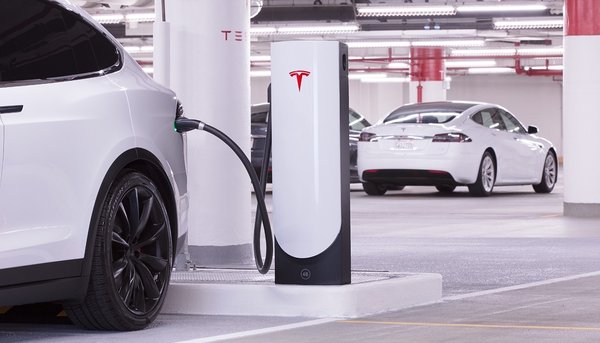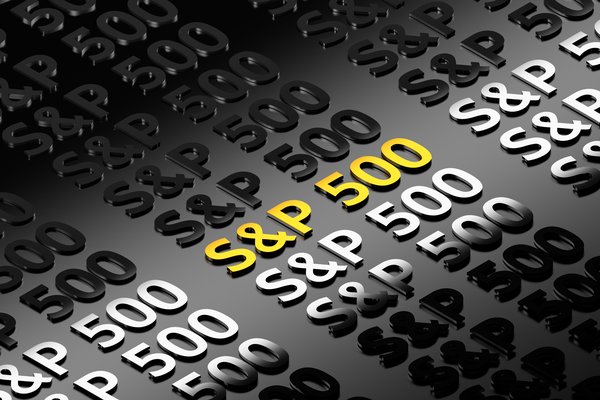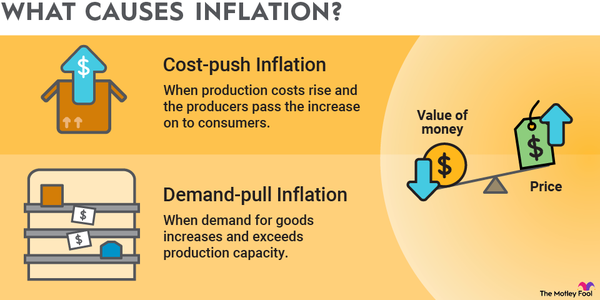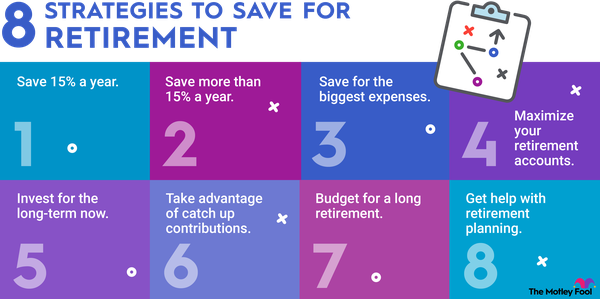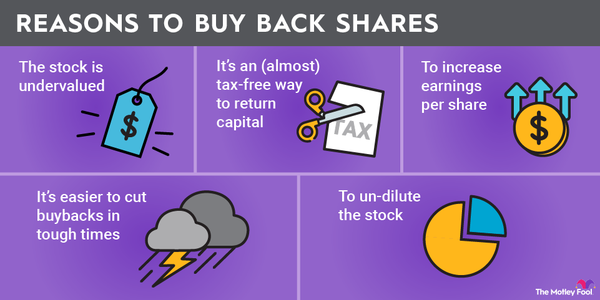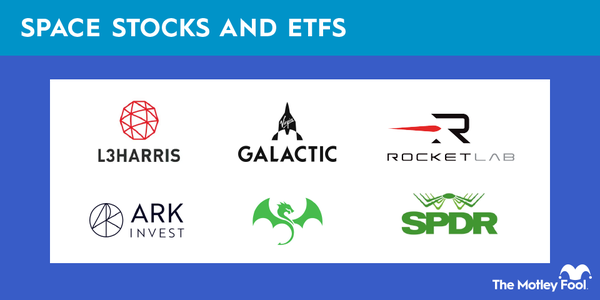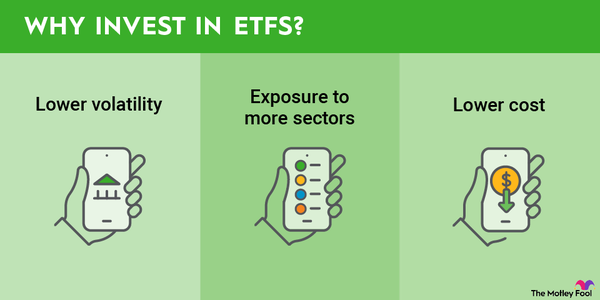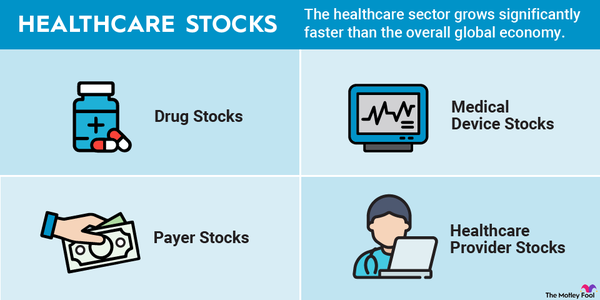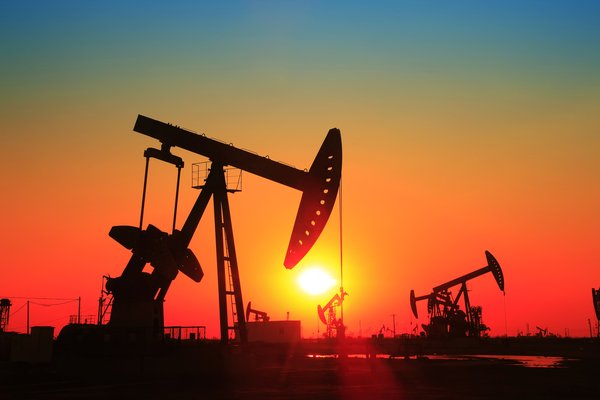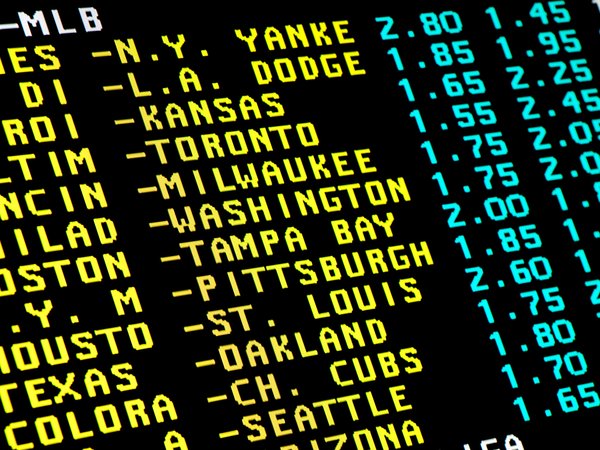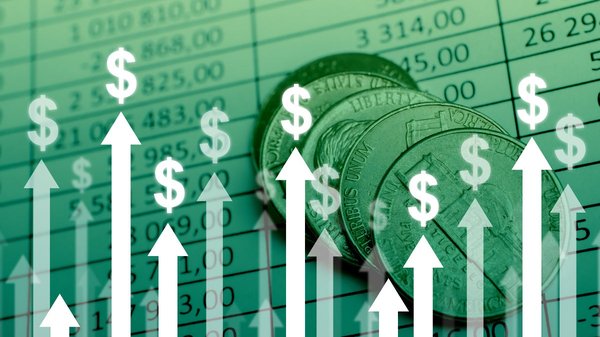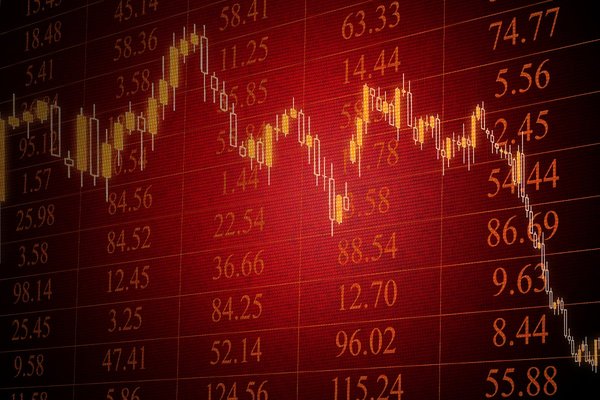GE Aerospace (NYSE:GE) is the largest industrials company, followed by Caterpillar (NYSE:CAT) and RTX (NYSE:RTX). Aerospace and defense companies are well-represented at the top of the industrials sector. The top 10 also includes agriculture and freight companies.

Largest companies by market cap
Largest companies by market cap in the industrials sector
(Editor's note: Rankings are as of Oct. 2, 2025.)
| Name and ticker | Market cap | Current price | Industry |
|---|---|---|---|
| GE Aerospace (NYSE:GE) | $318 billion | $300.61 | Aerospace and Defense |
| Caterpillar (NYSE:CAT) | $247 billion | $527.08 | Machinery |
| RTX (NYSE:RTX) | $211 billion | $158.06 | Aerospace and Defense |
| Boeing (NYSE:BA) | $161 billion | $212.94 | Aerospace and Defense |
| Eaton Plc (NYSE:ETN) | $145 billion | $373.62 | Electrical Equipment |
| Union Pacific (NYSE:UNP) | $134 billion | $225.98 | Road and Rail |
| Honeywell International (NASDAQ:HON) | $129 billion | $202.96 | Industrial Conglomerates |
| Deere & Company (NYSE:DE) | $124 billion | $458.50 | Machinery |
| Lockheed Martin (NYSE:LMT) | $116 billion | $495.15 | Aerospace and Defense |
| Parker-Hannifin (NYSE:PH) | $93 billion | $733.59 | Machinery |
Companies 1 - 3
1. GE Aerospace
- Market cap: $317.55 billion (as of Oct. 2)
- Revenue (TTM): $41.6 billion
- Gross profit (TTM): $15.8 billion
- Five-year annualized return: 57.25%
- Year founded: 1917 (General Electric), 2024 (General Electric Company)
General Electric used to have several divisions, but after revenue fell during the COVID-19 pandemic, the company split into three: GE Aerospace, GE Vernova (NYSE:GEV), and GE HealthCare Technologies (NASDAQ:GEHC).
GE Aerospace manufactures jet engines and other aerospace technology and also provides maintenance, repair, and overhaul services for aerospace equipment.
2. Caterpillar
- Market cap: $229.82 billion (as of Oct. 2)
- Revenue (TTM): $63.1 billion
- Gross profit (TTM): $21.6 billion
- Five-year annualized return: 29.25%
- Year founded: 1925
Caterpillar is a heavy equipment company that manufactures construction and mining equipment, off-highway diesel and natural gas engines, industrial gas turbines, and diesel-electric locomotives. Through its global dealer network, Caterpillar does business on every continent.
This manufacturing company has also expanded its offerings over the years. It licensed its brand name for a line of clothing and boots, and it provides financing services through Cat Financial.
Tariffs have heavily affected Caterpillar's business. It's expecting tariff costs of up to $1.8 billion in 2025. However, a federal appeals court ruled that many of the Trump administration's import tariffs are illegal, so their status is uncertain.
3. RTX
- Market cap: $223.04 billion (as of Oct. 2)
- Revenue (TTM): $83.6 billion
- Gross profit (TTM): $16.8 billion
- Five-year annualized return: 25.86%
- Year founded: 1922 (Raytheon Company), 1934 (United Aircraft Corporation), 2020 (Raytheon Technologies Corporation), 2023 (RTX Corporation)
RTX is the aerospace and defense company formed by the 2020 merger of United Technologies and Raytheon. It has three business segments: Pratt & Whitney, Collins Aerospace, and Raytheon. This company manufactures aircraft engines for commercial and military use. It also supplies flight systems, communications solutions, space operations support, and defense systems.
In June 2025, the U.S. Navy awarded RTX a $1.1 billion contract to produce AIM-9X Block II missiles, the largest contract awarded for that missile program. The U.S. Department of Defense has also awarded RTX a $50 billion umbrella contract in a 20-year agreement to support the Patriot missile defense system, and the Pentagon has awarded Raytheon a $5 billion contract for its Coyote missile system.
Companies 4 - 6
4. Boeing
- Market cap: $164.41 billion (as of Oct. 2)
- Revenue (TTM): $75.3 billion
- Gross profit (TTM): -$244.0 million
- Five-year annualized return: 5.28%
- Year founded: 1916 (Pacific Aero Products Company), 1917 (Boeing Airplane Company)
Boeing manufactures commercial aircraft and provides aerospace services, including training and technical support. It's also one of the largest defense and space contractors, and it provides military aircraft, weapons systems, and satellites.
Boeing has dealt with some high-profile issues in recent years. Two crashes involving the Boeing 737 MAX (in 2018 and 2019) led to the plane being temporarily grounded. In 2024, Boeing machinists went on strike for seven weeks. That was followed by more than 3,000 Boeing defense workers going on strike in August 2025.
On a positive note, Boeing secured a $2.8 billion contract in July 2025 to build two nuclear command, control, and communications (NC3) satellites for the U.S. Department of Defense.
5. Eaton Corporation
- Market cap: $146.67 billion (as of Oct. 2)
- Revenue (TTM): $26.0 billion
- Gross profit (TTM): $9.9 billion
- Five-year annualized return: 32.00%
- Year founded: 1911 (Torbensen Gear and Axle Co.), 1971 (Eaton Corporation)
Eaton Corporation is a power management company providing energy-efficient solutions for multiple business segments. It manufactures electrical components, hydraulic components, and aerospace technologies.
This year, Eaton completed the acquisition of Fibrebond, which designs and manufactures pre-integrated modular power enclosures. The acquisition should expand Eaton's reach in the data center market. It has also acquired Ultra PCS and Resilient Power Systems.
6. Union Pacific
- Market cap: $139.08 billion (as of Oct. 2)
- Revenue (TTM): $24.4 billion
- Gross profit (TTM): $11.2 billion
- Five-year annualized return: 5.93%
- Year founded: 1969
Union Pacific is one of the largest U.S. railroad operators. This holding company has acquired numerous railroad companies and folded them into its only subsidiary, Union Pacific Railroad. It now has a network stretching across 23 states and more than 32,000 miles, transporting bulk freight, industrial freight, and premium freight.
In May 2025, Union Pacific completed testing on the first hybrid battery-electric locomotive. Hybrid locomotives are expected to consume up to 80% less fuel than traditional diesel locomotives.
Companies 7 - 10
7. Honeywell International
- Market cap: $133.97 billion (as of Oct. 2)
- Revenue (TTM): $40.0 billion
- Gross profit (TTM): $15.2 billion
- Five-year annualized return: 7.10%
- Year founded: 1906
Honeywell International is a conglomerate that operates across several business segments, including aerospace, commercial buildings, data centers, energy, and healthcare. It has 750 sites in approximately 80 countries around the world.
This industrial conglomerate will look much different by the end of 2026 if all goes as planned. Honeywell has announced that it will go the General Electric route and separate its advanced materials business, its aerospace business, and its automation business, becoming three different companies.
8. Deere & Company
- Market cap: $124.84 billion (as of Oct. 2)
- Revenue (TTM): $43.4 billion
- Gross profit (TTM): $16.4 billion
- Five-year annualized return: 16.98%
- Year founded: 1837
Deere & Company, more commonly known as John Deere, manufactures agricultural, construction, and forestry machinery. Products include tractors, mowers, utility vehicles, and excavators. John Deere also offers financial services for its customers to finance and lease equipment through John Deere Financial. This is another industrials company feeling the brunt of tariffs, as it's expecting those to have an impact of up to $600 million for its 2025 fiscal year.
Despite being almost 200 years old, John Deere continues to take an innovative approach to agriculture. It has incorporated artificial intelligence (AI) tools to help farmers improve profitability and sustainability.
9. Lockheed Martin
- Market cap: $116.58 billion (as of Oct. 2)
- Revenue (TTM): $71.8 billion
- Gross profit (TTM): $5.9 billion
- Five-year annualized return: 8.51%
- Year founded: 1926 (Lockheed Corporation), 1961 (Martin Marietta Corporation), 1995 (merger of Lockheed Corporation and Martin Marietta Corporation)
Lockheed Martin is the world's largest defense contractor. It manufactures military aircraft, missiles and missile defense systems, helicopters, and space equipment.
The U.S. Department of Defense is Lockheed Martin's biggest customer, generally accounting for about 70% to 75% of its sales. Lockheed Martin also serves international clients. Government clients typically make up more than 90% of its total revenue. In September 2025, the U.S. Army awarded Lockheed Martin a $9.8 billion multiyear missile contract, the biggest deal in the history of Lockheed's Missiles and Fire Control unit.
10. Parker-Hannifin Corporation
- Market cap: $95.94 billion (as of Oct. 2)
- Revenue (TTM): $19.9 billion
- Gross profit (TTM): $7.3 billion
- Five-year annualized return: 31.38%
- Year founded: 1917
Parker-Hannifin Corporation, often called Parker for short, is one of the largest producers of motion and control technologies. Products include hoses, piping, and tubing; seals and o-rings; and filters, separators, and purifiers.
Parker has been building its electrification offerings this year. It has opened two certified mobile electrification technology centers in North America, and it acquired Curtis Instruments for $1 billion.
Related investing topics
Sector takeaways
Industrials sector takeaways for investors
The performance of the largest industrial companies has been a mixed bag recently. Of the top 10, five have done better than the S&P 500, and five have done worse over the five-year period ending in October 2025. When investing in industrial stocks, it's important to evaluate a company's financials, its recent track record, and any potential headwinds.
It's also worth noting that industrial companies are cyclical businesses -- they generally do well when the economy is strong but are often hit hard during downturns. Some industrial companies are less vulnerable than others, though. Defense contractors with government contracts are often better equipped to handle periods of economic uncertainty.
The Trump administration's import tariffs are also a potential problem to be aware of for industrial companies, if they remain in place. Supply chain disruptions and currency fluctuations can cut into profits for businesses in this market sector.
Still, considering how essential industrial companies are to the economy as a whole, it makes sense to have some in an investment portfolio.













